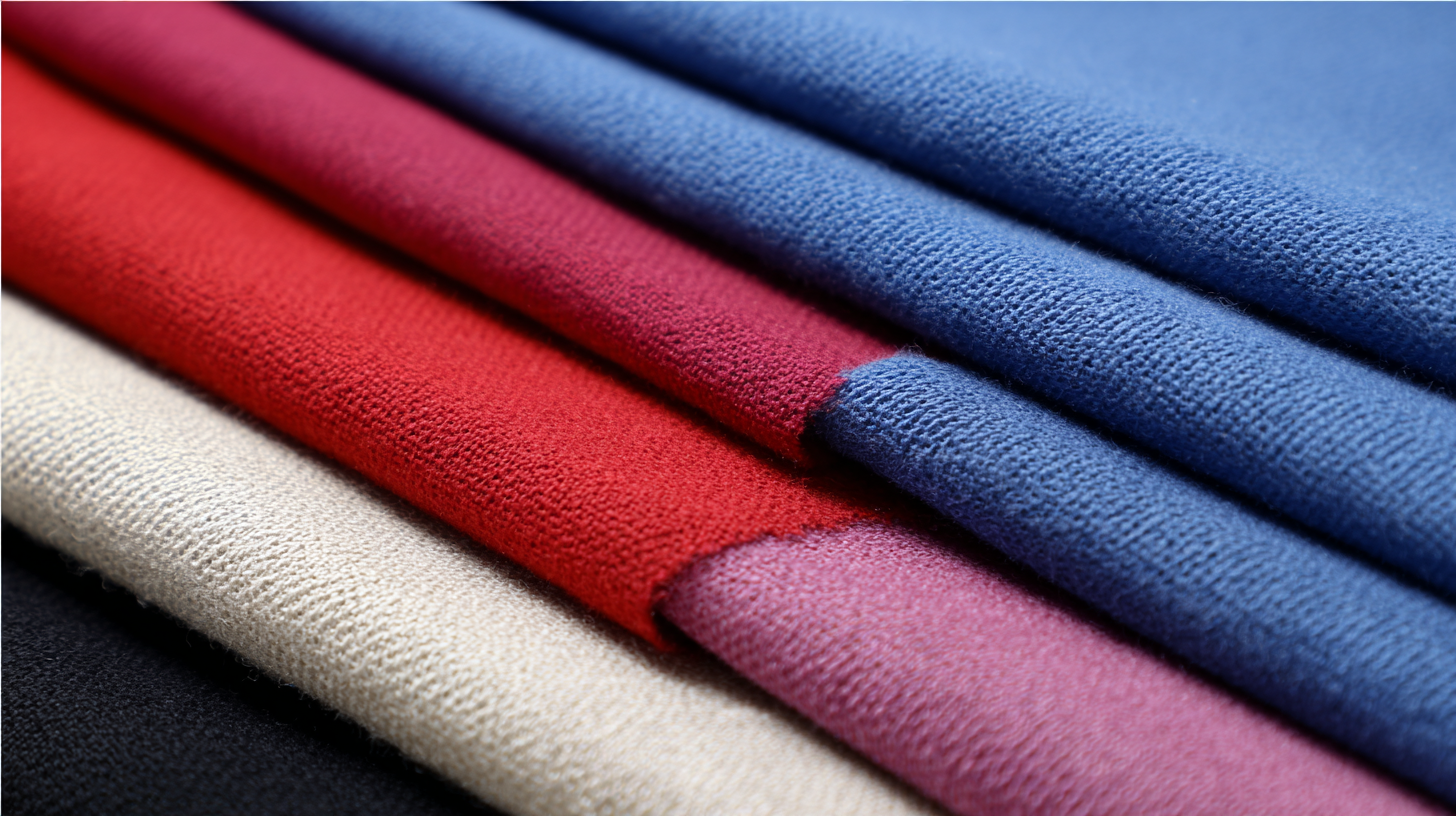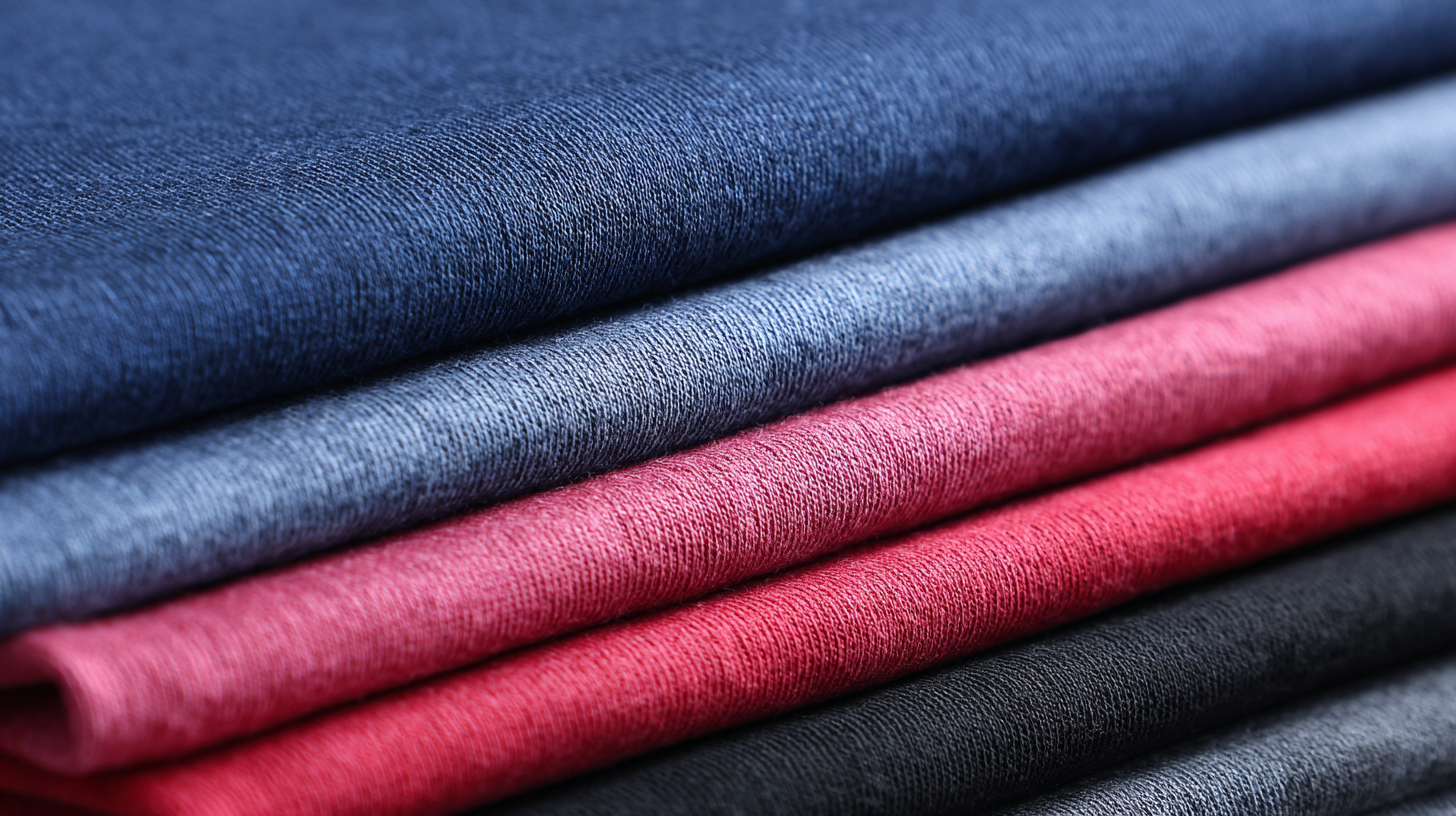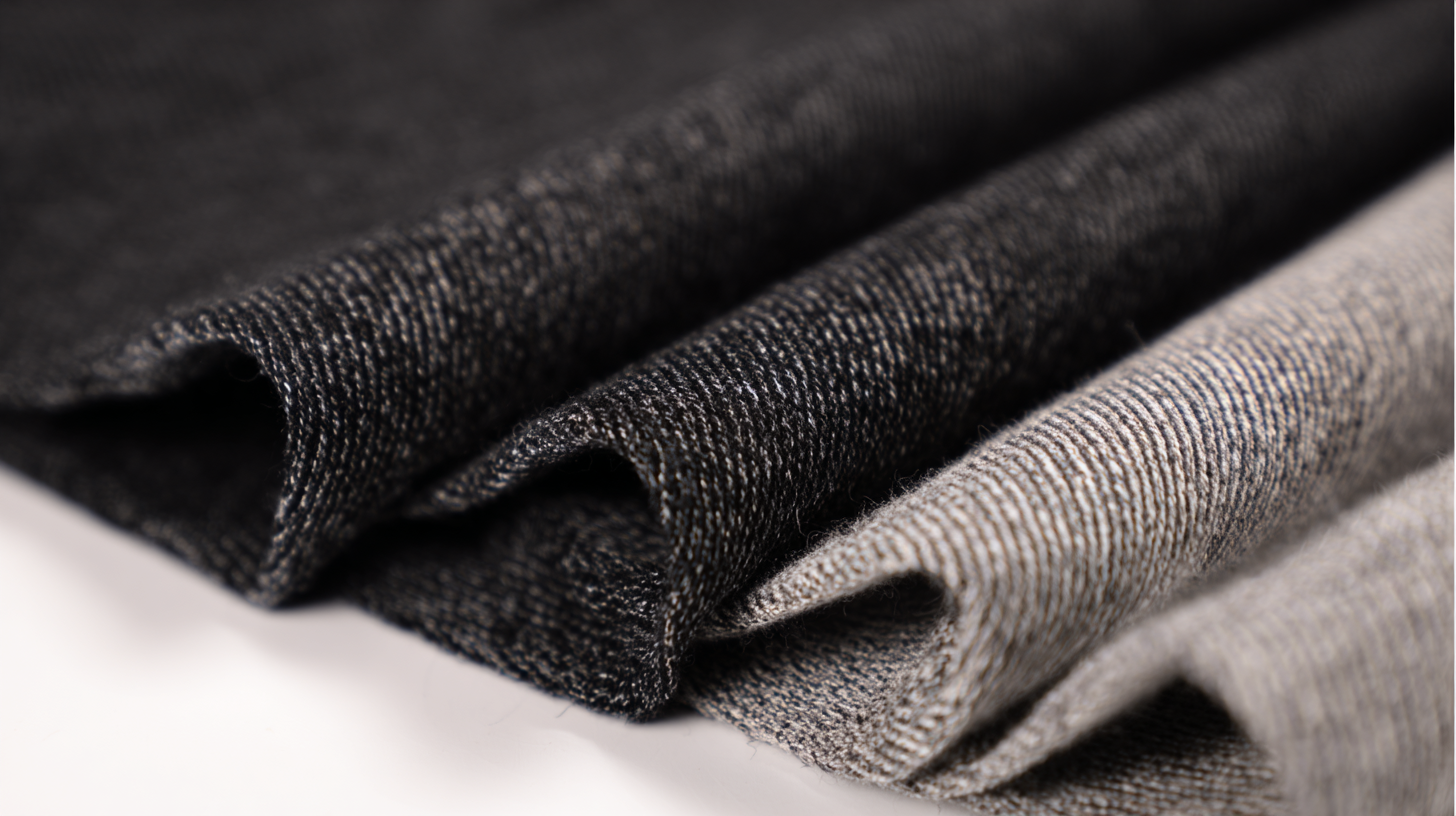In the ever-evolving world of fashion, selecting the right fabric is crucial for creating stunning garments that not only look good but also feel great. One standout option in the textile industry is the Fashion Single Jersey Fabric, cherished for its soft texture, flexibility, and breathability. This fabric has become a favorite among designers and manufacturers alike, as it provides endless possibilities for creating stylish and comfortable apparel. Whether you're looking to produce casual wear, sportswear, or fashionable everyday clothing, understanding the qualities and benefits of Fashion Single Jersey Fabric can significantly elevate your creations.

In this ultimate guide, we will explore the top-quality options available from premier Chinese manufacturers, helping you make informed choices that can enhance your fashion line and appeal to modern consumers. Join us as we delve into the intricacies of Fashion Single Jersey Fabric and discover why it stands out in the dynamic realm of fashion textiles.
Single jersey fabric, a popular choice in the textile industry, is known for its unique characteristics and versatile applications. Made from a single set of yarns knitted together, this fabric offers a flat, smooth front surface and a slightly textured back, making it ideal for various garments. According to a report from Technavio, the global jersey fabric market is expected to grow by 5% annually, driven by increased demand in casual and athletic wear. The lightweight nature and breathability of single jersey fabric contribute to its prevalence in t-shirts, dresses, and activewear, appealing to both manufacturers and consumers.
In terms of uses, the stretchability and comfort of single jersey make it particularly suitable for activewear, underscoring its appeal in a fitness-driven environment. A study by the Global Textiles and Apparel Market indicates that over 60% of activewear produced utilizes jersey fabrics due to their moisture-wicking properties and performance capabilities. By collaborating with premier Chinese manufacturers, businesses can access high-quality single jersey options that cater to diverse market needs while benefiting from cost-effective production processes and innovative designs.
The global textile market is witnessing a surge in demand for high-quality single jersey fabric, primarily fueled by the growing fashion and apparel industry. According to a recent report by Textile World, the global single jersey fabric market is projected to grow at a CAGR of 4.5% over the next five years. This trend highlights the importance of identifying reputable manufacturers, especially in countries renowned for their textile production capabilities, such as China.
China is home to several top manufacturers specializing in single jersey fabric production. Companies like Huafu Fashion and Tianshan Wool Textile Company stand out for their commitment to quality and innovation. For instance, Huafu Fashion, recognized as one of the leading producers, has reported a production capacity exceeding 10 million meters annually, serving both domestic and international markets. Their use of advanced weaving technologies and sustainable practices positions them as key players driving the industry forward.
Moreover, the emphasis on sustainable manufacturing processes is reshaping the competitive landscape. The 2022 State of Sustainable Fashion report indicates that consumers are increasingly in favor of eco-friendly textiles, pushing manufacturers to adopt greener practices. Premier Chinese manufacturers are responding by investing in sustainable materials and processes, ensuring that their single jersey fabrics meet the evolving demands of the fashion industry. This dedication to quality and sustainability is propelling the growth of single jersey fabric in global markets.
When selecting single jersey fabric, understanding the key factors that influence quality is essential to ensure a successful purchasing decision. The first consideration is the type of yarn used in the fabric's construction. High-quality single jersey fabrics are typically made from materials like cotton, polyester, or a blend of both. Cotton yarn provides breathability and softness, making it ideal for casual wear, while polyester offers durability and wrinkle resistance. Evaluating the yarn's count can also help assess the fabric's overall strength and feel, with higher counts generally indicating finer, softer fabrics.
Another significant factor to consider is the fabric's weight and gauge. Lighter fabrics are suitable for t-shirts and summer garments, offering comfort and ease of movement, while heavier options can be used for warmer clothing items. Additionally, the knitting technique plays a crucial role in the fabric's stretch and recovery. A well-constructed single jersey with balanced tension will retain its shape and provide a flattering fit. Lastly, paying attention to finishing processes, such as dyeing and softening, can enhance the fabric's appearance and tactile quality, making it more appealing to fashion designers and consumers alike.
| Feature | Description | Importance | Common Uses |
|---|---|---|---|
| Fabric Composition | Typically made from cotton, polyester, or a blend | High | T-shirts, casual wear, sportswear |
| Gram Weight | Measured in grams per square meter (GSM) | Medium | Layering, light outerwear |
| Stretchability | Ability to stretch and recover | High | Athletic wear, fitted garments |
| Breathability | Airflow through the fabric | High | Hot weather clothing |
| Color Fastness | Resistance to fading | High | Everyday wear, products requiring durability |
When it comes to choosing the right fabric, understanding the nuances between different types can significantly impact your fashion choices. Single jersey fabric, known for its smooth surface and stretchability, stands out when compared to other materials like rib knit or woven fabrics. While rib knit offers extra elasticity, making it ideal for fitted garments, woven fabrics usually provide a more structured fit but lack the same level of stretch. This comparison illustrates how different fabric types cater to varying design needs and comfort.
Tips: When selecting single jersey fabric, consider the weight and fiber content. A heavier weight may be more suitable for cooler weather, while lightweight options are perfect for layering in warmer conditions. Additionally, look for high-quality blends that enhance the fabric's durability and breathability.
Moreover, single jersey fabrics boast versatility, making them suitable for everything from casual t-shirts to stylish dresses. Its soft feel against the skin also adds to its popularity, especially in activewear where comfort is paramount. When comparing it to other fabrics, it's important to weigh the desired look, fit, and functionality to ensure you make the best choice for your wardrobe.

Current trends in fashion have seen a significant shift towards sustainability and comfort, making single jersey fabric a popular choice among designers and consumers alike. This versatile textile, known for its smooth texture and stretchability, is increasingly utilized in various clothing lines, from casual wear to upscale fashion. As designers seek to create pieces that not only look good but also feel great, the lightweight properties of single jersey fabric make it an ideal candidate for everyday wear.
Another notable trend is the emphasis on vibrant colors and bold patterns, which single jersey fabric accommodates beautifully. With digital printing technology advancing, manufacturers are able to produce intricate designs that capture the eye. This ability to combine comfort with artistic flair is leading brands to incorporate single jersey into their seasonal collections, catering to modern consumers who value both style and practicality. As the fashion industry continues to evolve, single jersey fabric stands out as a dynamic and essential material in contemporary wardrobe staples.
